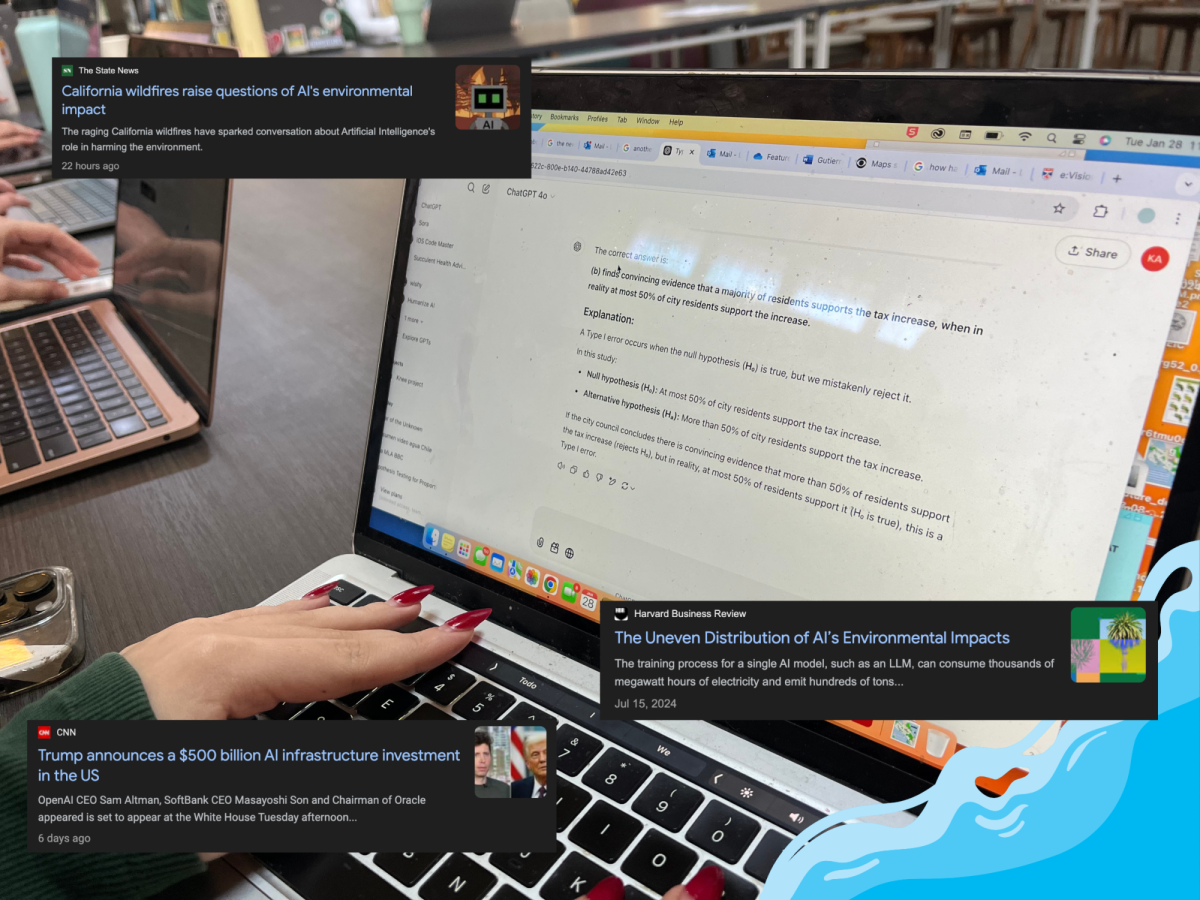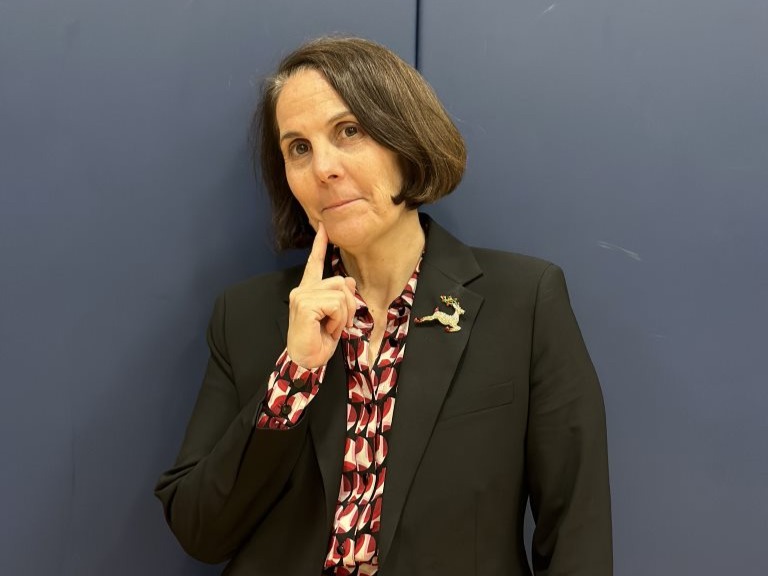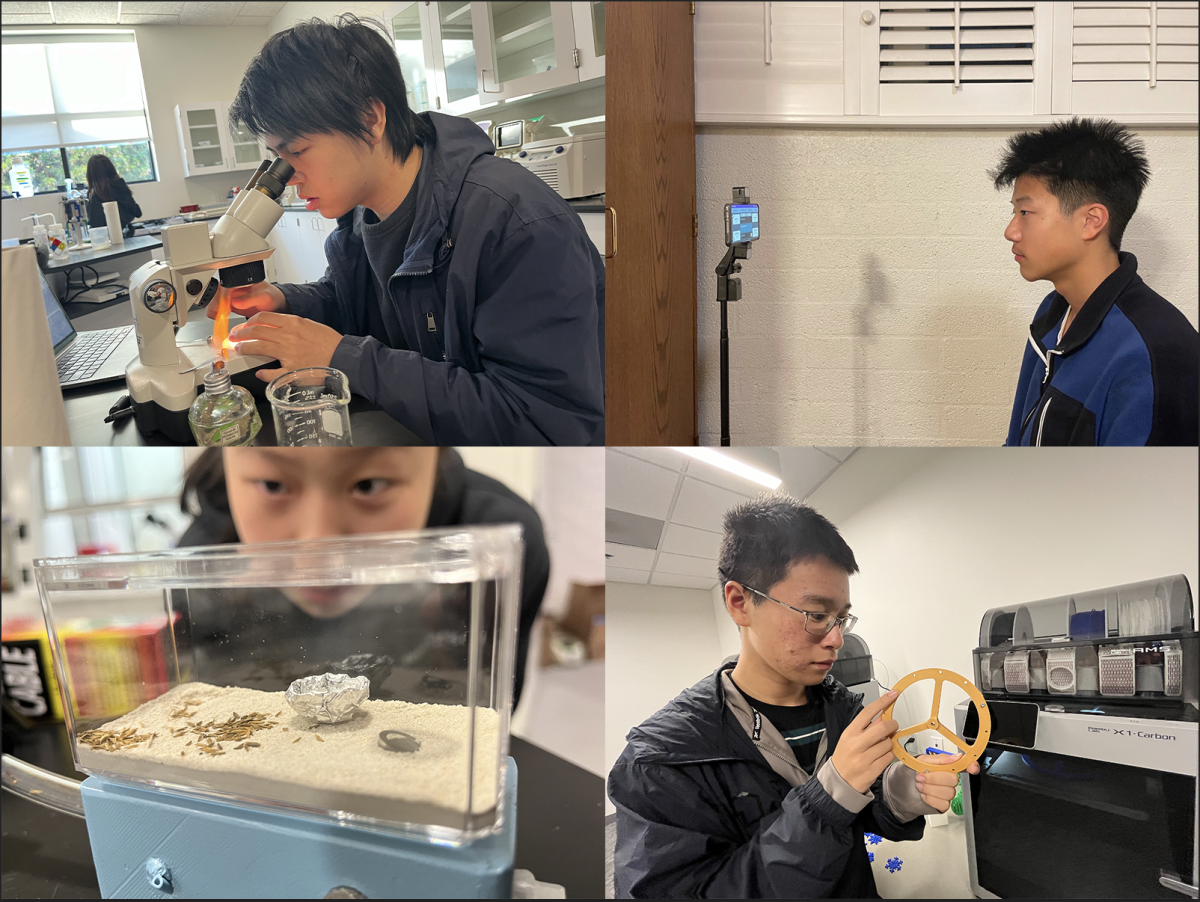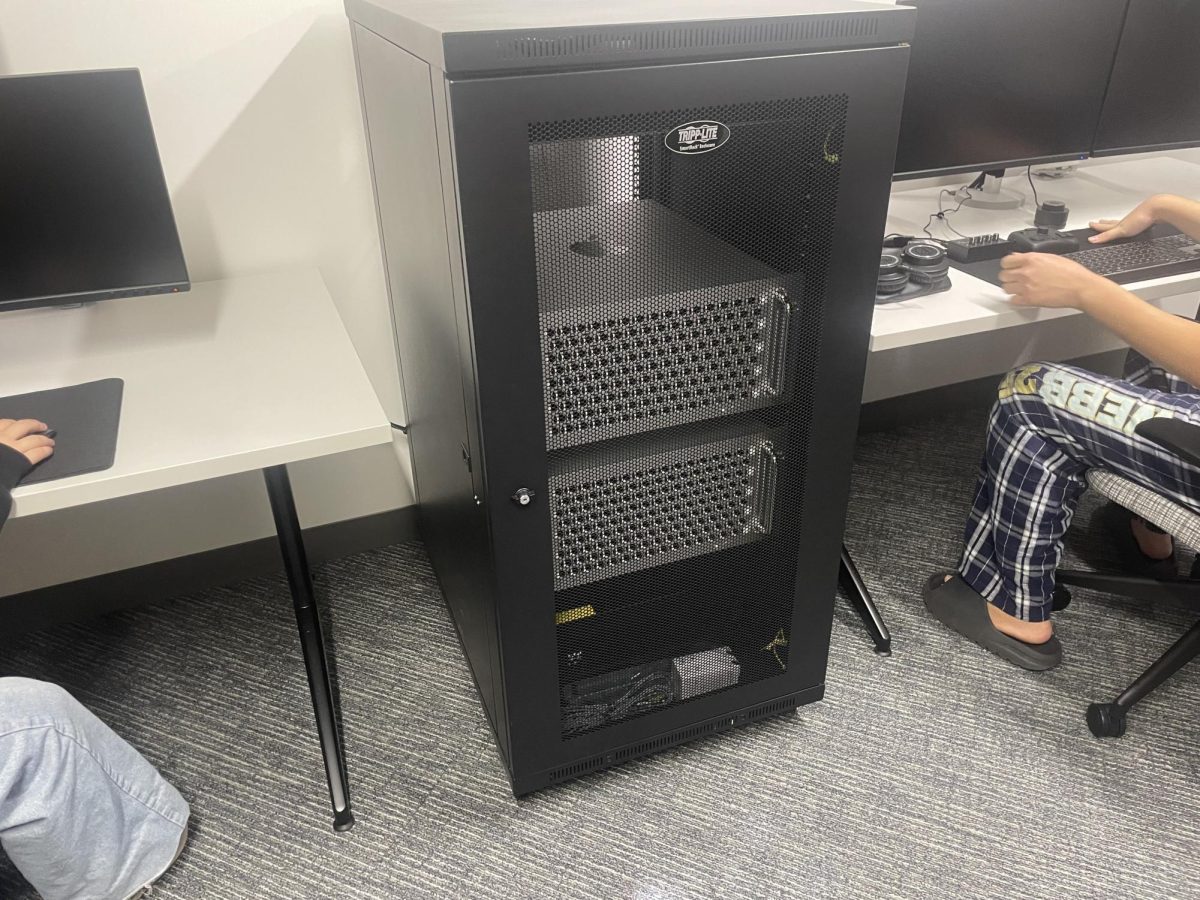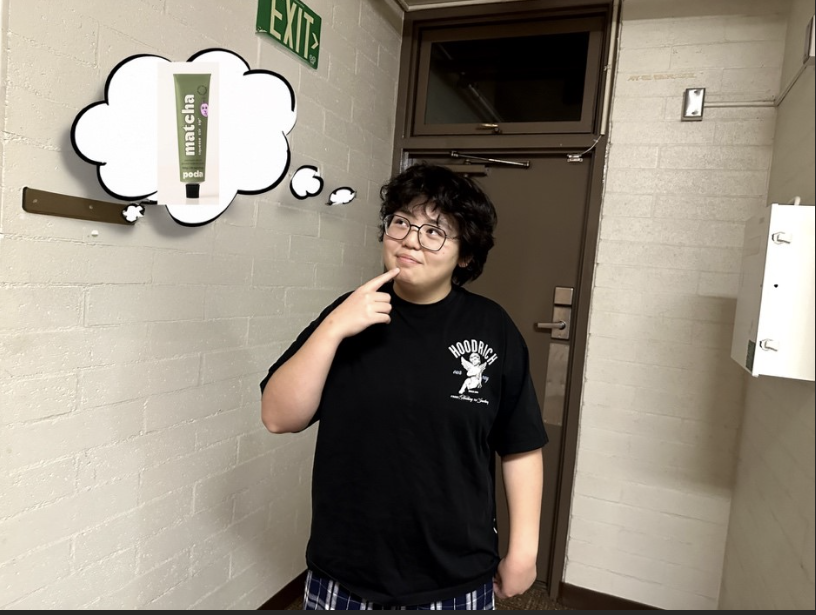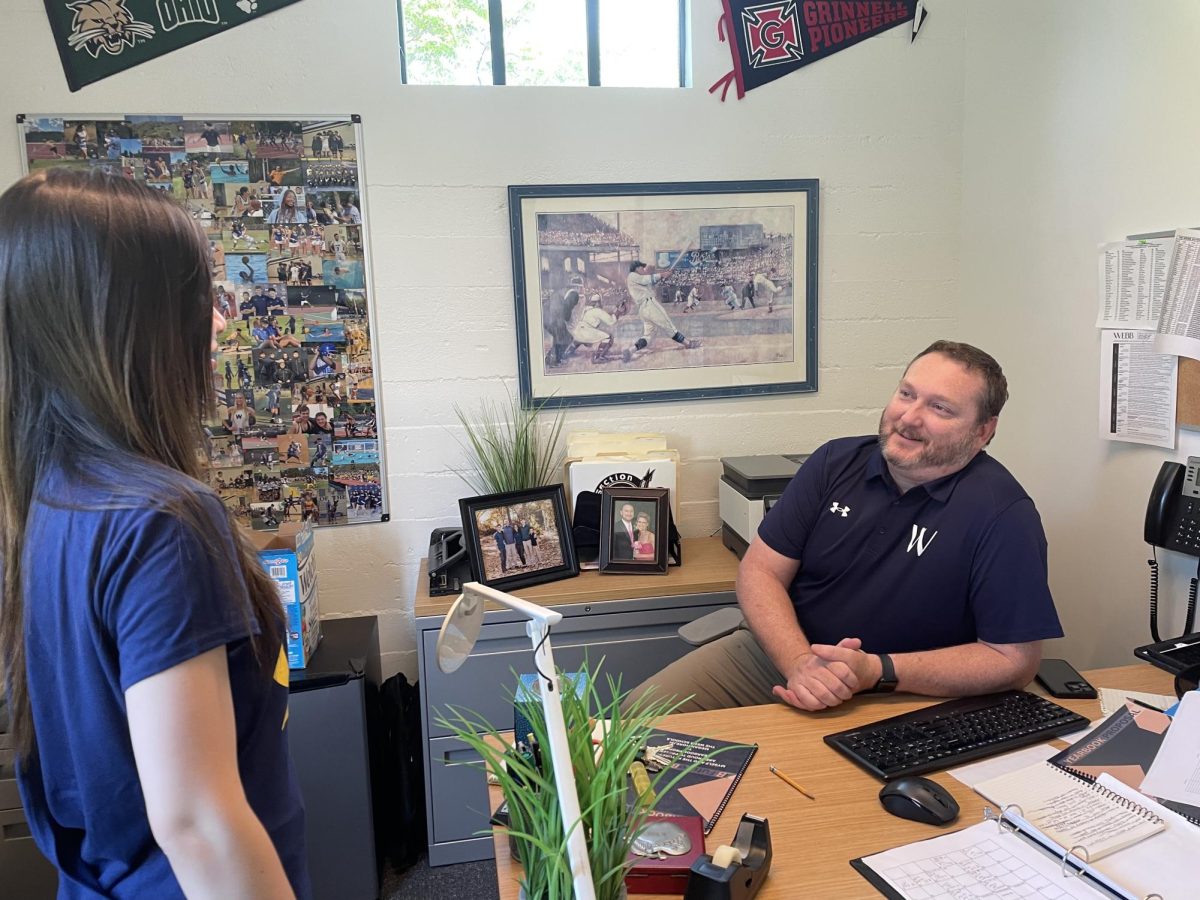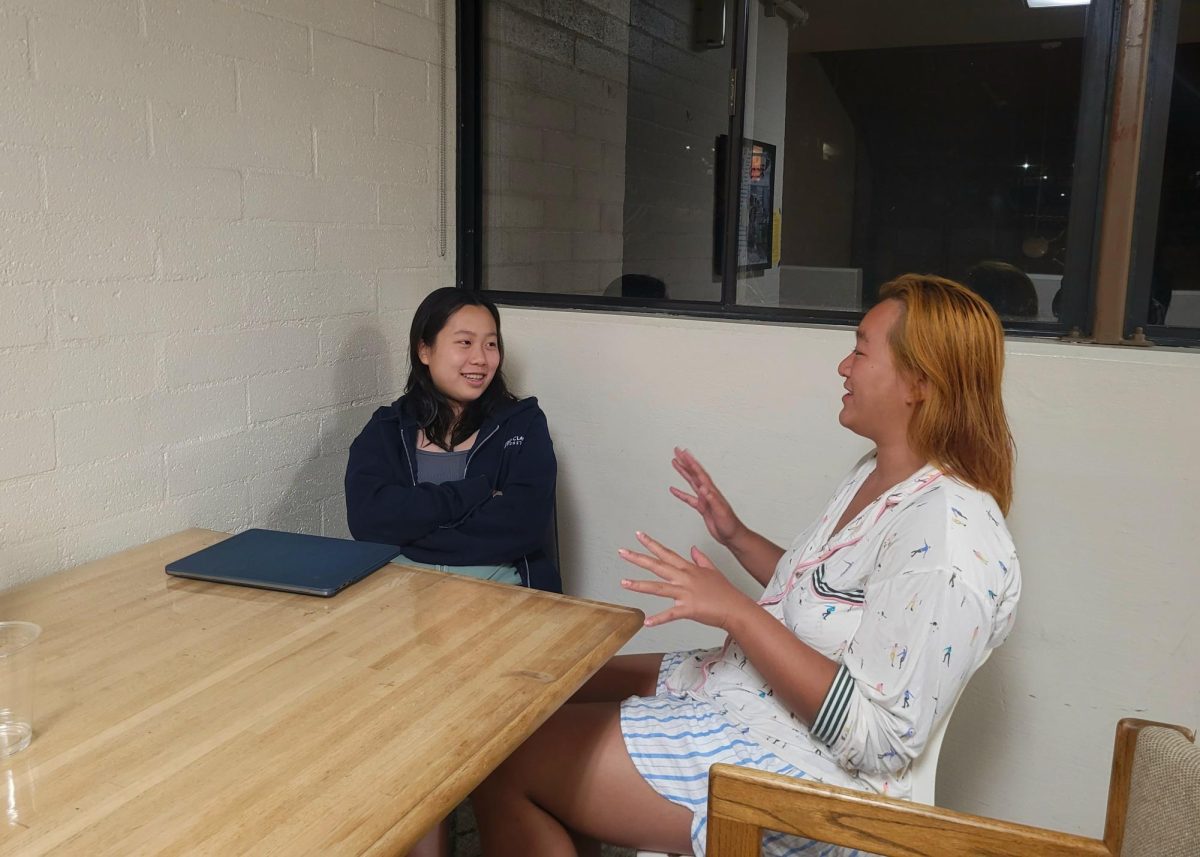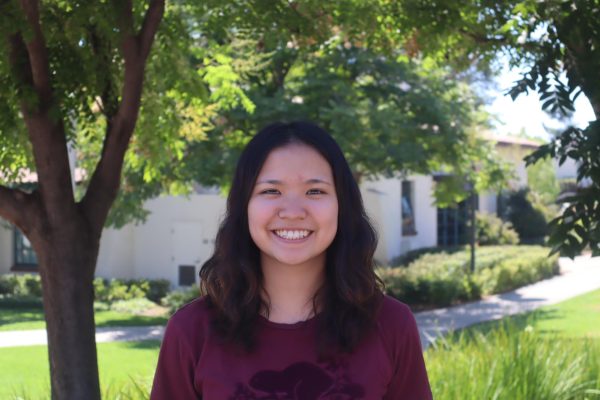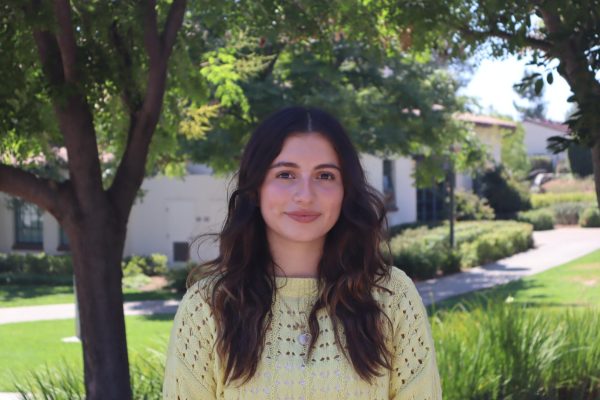It’s no secret that a Webbie’s schedule is busy—filled with class periods, homework, leadership commitments and afternoon activities. Even after a long day of academic commitments, Anna Park (‘26) still makes time to delve into serious academic research.
Her effort has recently been awarded, as she received a first-place award for the Southern California Chapter of the 2025 Inaugural Regional Statistics Data Visualization Poster Competition by American Statistical Association.
Anna was presented a certificate and a plaque on April 17, 2025, from Professor Olga Korosteleva , California State University Long Beach representing the American Statistical Association.
In the summer of 2024, Anna began exploring research using fundoscopy, retinal imaging, as a more objective diagnostical tool. Anna utilized fundoscopy images alongside her predictive modeling project, eventually leading her to start working on AI-based diagnosis.
“I noticed that the current diagnostic methods, often questionnaires like M-CHAT and ADOS utilize clinical observation and caregiver inputs that might not always be accurate, especially for young children,” Anna said.
Anna’s initial interest and passion for helping children with autism spectrum disorder (ASD), started much earlier. Over the course of the past several summers, she has spent her time immersing herself and learning from experiences presented in front of her.
“For several summers, I volunteered at mental health centers in Korea, working with programs for children with neurodevelopmental disorders,” Anna said. “Starting last summer, I also interned at Autism Tree Project Foundation in San Diego, organizing and participating in various activities for autistic children.”
Through these life-changing opportunities, Anna Park came to the realization that autism is influenced by a numerous amount of biological, social, and environmental factors across different cultures and populations.
Anna’s science fair project used machine learning to predict factors related to autism spectrum disorder. This was not an easy thing to accomplish—according to Anna, the most challenging part of the project was analyzing the large and complex data from the National Survey of Children’s Health (NSCH).
“Initially, I struggled with selecting relevant variables and properly preparing the data for analysis. However, it taught me patience and problem-solving skills,” said Anna. “I learned that disorders like autism often fall into a diagnostic ‘gray area,’ meaning that many children don’t receive clear diagnoses and thus miss out on necessary support and treatment.”
Utilizing her free time efficiently in and out of school, Anna hopes that her predictive models will help reduce this uncertainty, making sure more children receive timely and effective care.
“She worked really hard at it and was very immersed every day,” said Lisa Nacionales, Science Department Chair. “She was doing data collection and the computer stimulation park. She exhibited a new level of focus that was really good.”
Not only did her work receive recognition being placed at the top of her respective categories, but it is additionally being reviewed for publication. Looking towards the next couple of months, Anna is continuing her work on enhancing the methodology of her SCASA project in order to submit it to a statistical journal this summer.
As Anna continues researching behavioral science, her goals reach beyond just her high school experience.
“In the future, I’d love to study the relationship between language development and mental health in autistic children further,” Anna said. “When I enter university, I’d like to keep researching at the intersection of medicine and artificial intelligence, aiming to become a physician who positively impacts people’s lives.”


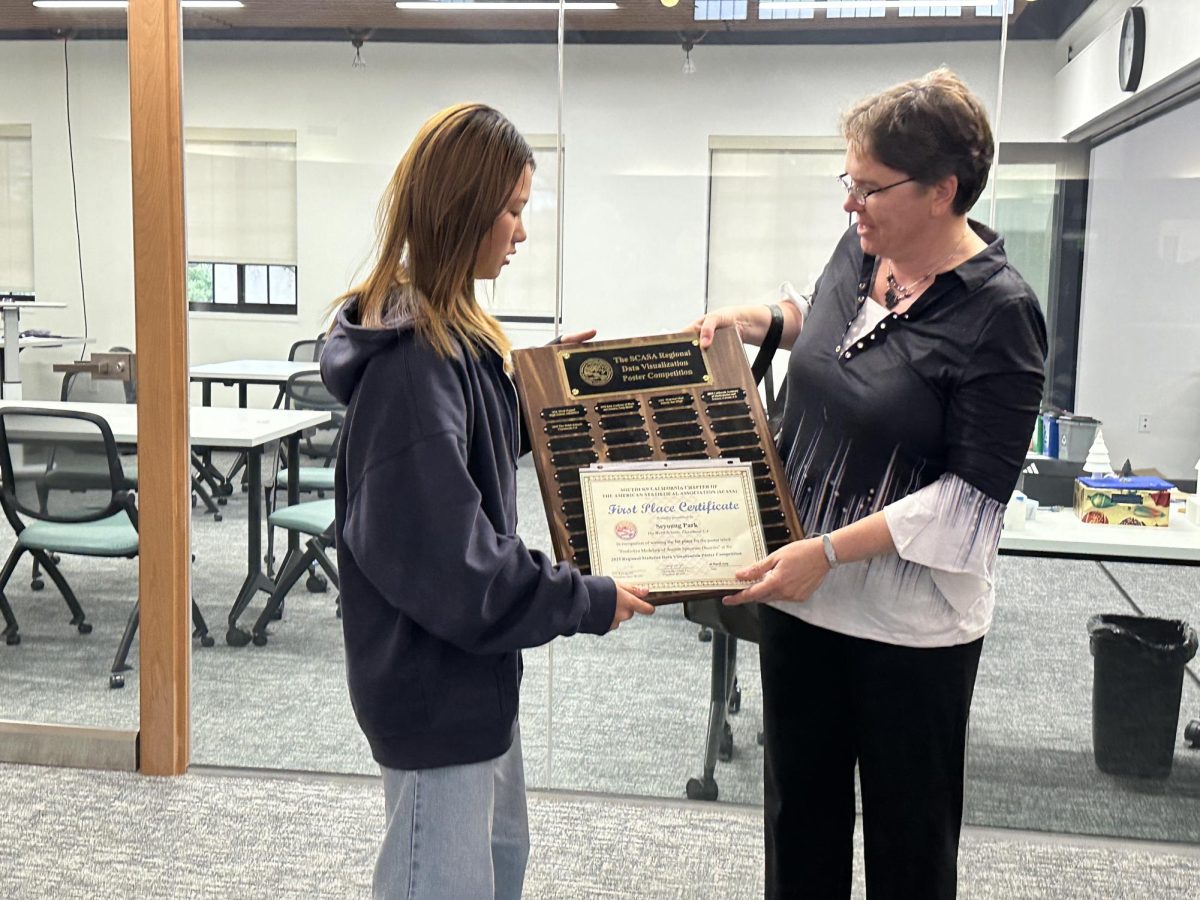

![All members of the Webb Robotics Winter season teams taking a group photo. Of note is Team 359, pictured in the middle row. “It was super exciting to get the win and have the chance to go to regionals [robotics competition]” Max Lan (‘25) said. From left to right: Max Lan (‘25), Jerry Hu (‘26), David Lui (‘25), Jake Hui (’25), Boyang Li (‘25), bottom Jonathan Li (’25), Tyler Liu (‘25)](https://webbcanyonchronicle.com/wp-content/uploads/2025/03/Screenshot-2025-03-10-at-2.41.38 PM.png)
